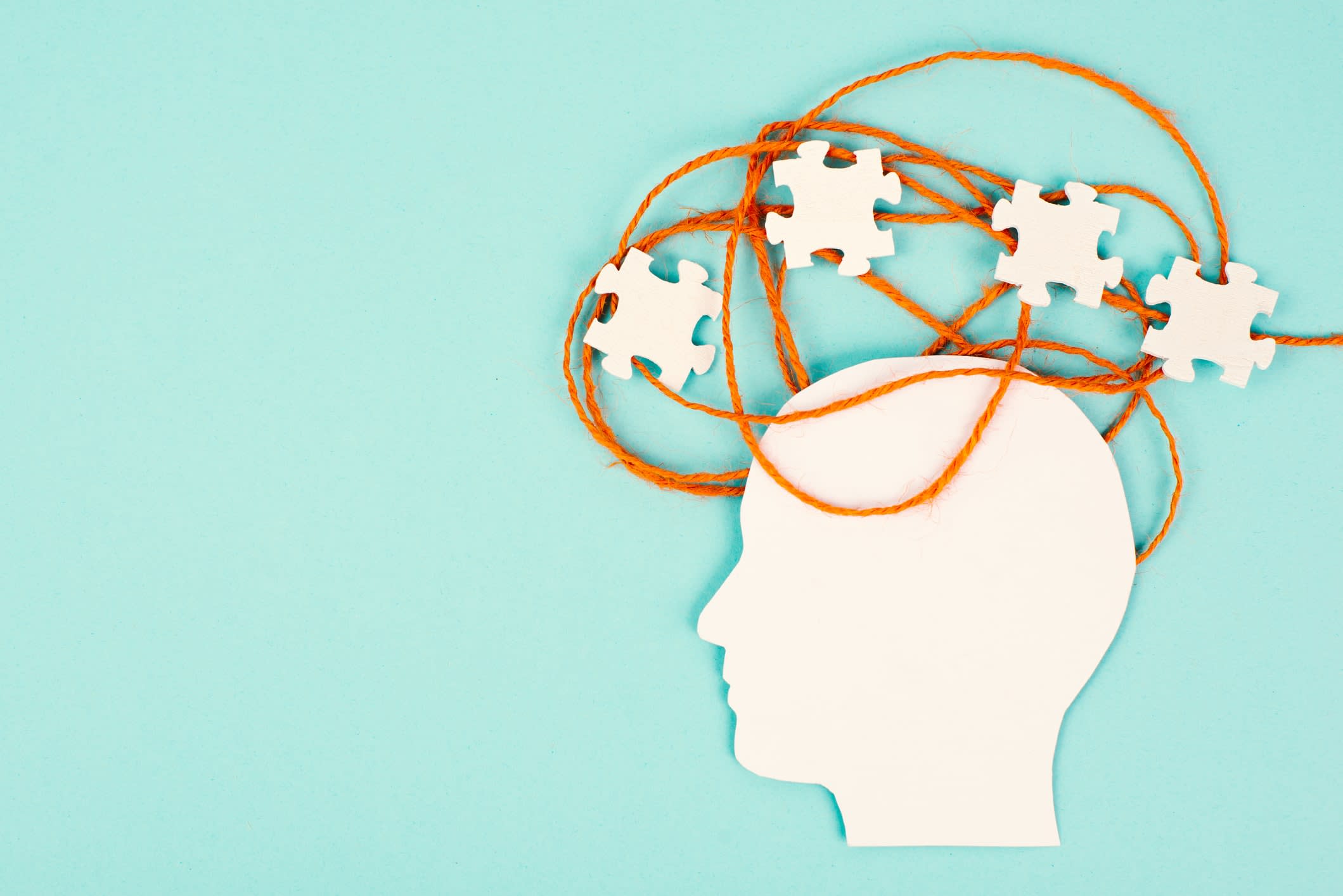“Diagnostic delay” is a major concern for children and young people with autism and attention deficit hyperactivity disorder (ADHD) – and also for their loved ones.
Rachael Knott
PhD Candidate, School of Psychological Sciences
The “delay” is the gap between first concerns about a child’s development, and their eventual diagnosis. In some cases this can be more than five years.
Monash PhD candidate Rachael Knott, from the School of Psychological Sciences and Turner Institute for Brain and Mental Health, has co-led a new study of nearly 700 Australian parents or caregivers, which investigates the delay.
It’s the first worldwide to directly compare age at diagnosis and diagnostic delay for males and females across ADHD, autism, and a combination of the two.
Knott explains the research to Lens.
Firstly, what did you find out?
We confirmed what we were expecting and what we were hearing from families, which is that it takes a really long time to get a diagnosis of ADHD or autism. The lowest estimate was three years, and up to four-and-a-half years.
The recent report from the Senate inquiry into the “assessment and support for people with ADHD” also highlighted long wait times for people seeking a diagnosis.
Another component we looked at was differences between males and females within each group, which also hasn’t really been looked at, especially in the co-occurring group.
Females with autism and females with both autism and ADHD were waiting longer than males to get their autism diagnosis, with females in the co-occurring autism and ADHD group having the longest delay. That was just over five years.








